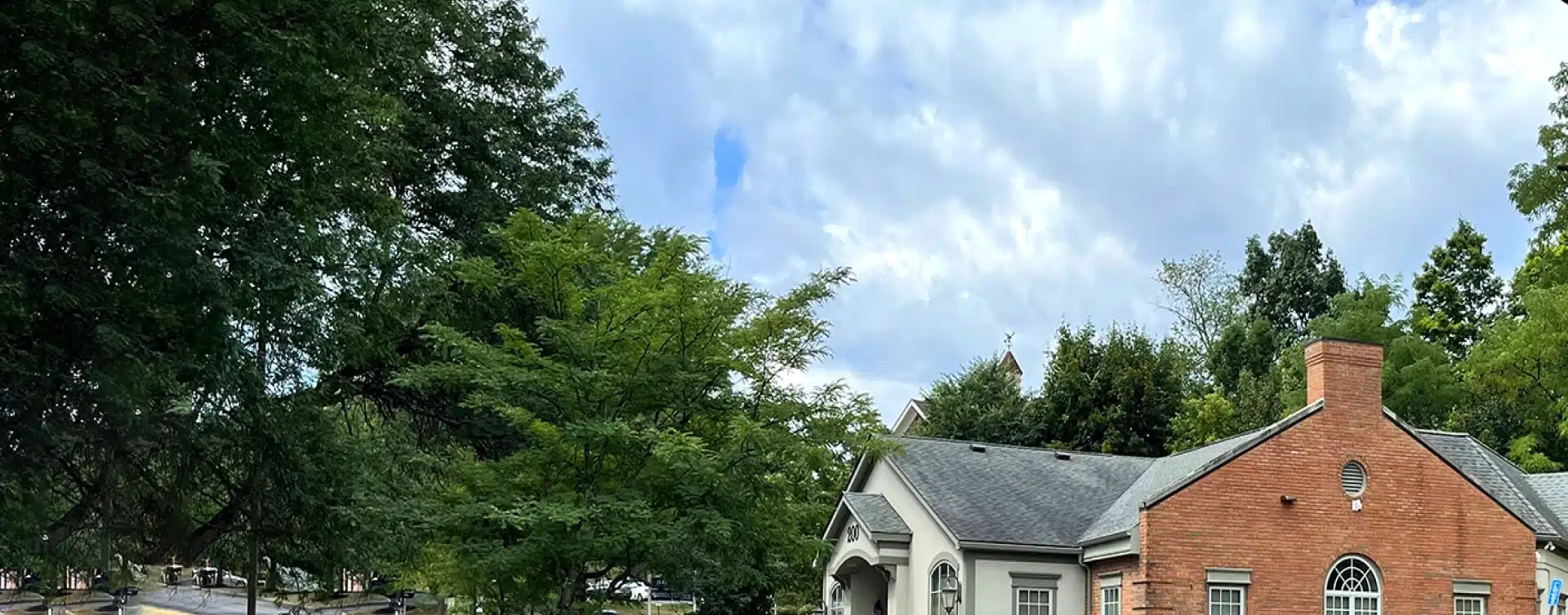Surgery is expensive, whether it’s a procedure you need to save your life or a procedure that will enhance your appearance. For that reason, plenty of people hope their insurance provider will offer at least some, if not full, coverage of the costs. While in the majority of cases plastic surgery procedures aren’t covered by insurance, there are some instances where procedures such as rhinoplasty might be taken care of by your insurance provider.

What’s Never Covered
Generally speaking, insurance will never cover a surgery that is performed for purely cosmetic reasons. You’re free to undergo rhinoplasty to change the size or shape of your nose, but you need to be aware that the cost of the surgery won’t be free for you.
Liquid Rhinoplasty Newburgh cosmetic procedure is not covered by insurance, because they aren’t considered medically necessary. So be prepared to pay out of pocket for this procedure.
What Insurance Might Cover
There are cases when you might need rhinoplasty for medical reasons. In those cases, your insurance company might cover the procedure. Some insurers have strict definitions of what they consider a medically necessary reason for rhinoplasty.
For example, rhinoplasty that’s performed to correct a cleft palate that a patient was born with can be covered by insurance. The surgery can also be deemed medically necessary and covered by your insurance if it’s being performed to fix obstruction of the airway that’s not connected to the septum. The obstruction can have occurred as a result of illness, injury or congenital defect.
Usually, the condition needs to meet a range of specifications before your insurance company will provide coverage. For example, Aetna will cover rhinoplasty to fix an obstruction of the airway, but only if seven criteria are met: The obstruction must be persistent and prolonged, it can’t have responded to septoplasty, it must be visible on physical examination, it must cause obvious symptoms, there must be an external deformity, imaging needs to reveal an obstruction, and more conservative treatments can’t treat it.
Septoplasty, a type of nasal surgery performed to correct a deviated septum, is also often covered by insurance. The procedure often needs to be performed to correct an obstructed airway, treat sinusitis that doesn’t respond to other treatments or fix a deformed septum that blocks the rest of the intranasal area.
Working With Your Insurance Company
Communication is essential if you think that your insurance company will cover functional rhinoplasty or septoplasty. Reach out to your insurance provider before you schedule a consultation with a surgeon to find out what, if any, coverage it provides. In most cases, you’ll need a pre-authorization or pre-approval from the insurer before you can proceed.
The pre-authorization will state how many appointments are covered and if you’re covered for a hospital stay. Some companies require a pre-approval every time you see your surgeon, meaning you might need one for the consultation, for the surgery itself, and for any follow-up appointments.
It’s also a good idea to find out how much of the cost you’ll be responsible for. You might have a deductible to pay, for example, or some amount of co-insurance.
If It’s Not Covered
If the surgery is for cosmetic reasons or if your insurance company doesn’t offer coverage for septoplasty or functional rhinoplasty, the responsibility for paying for the procedure falls to you. Luckily, flexible payment options are commonly offered to make paying for the surgery a little easier. Payment options typically include credit card, cash and financing through Care Credit.
The exact cost of the surgery will vary from patient to patient. It’s based on the amount of work you want done, the structure of your nose and the technique the surgeon uses. The cost of surgery also includes the cost of the operating room, the anesthesiologist and the surgeon’s fee. Many surgeons also include the cost of any follow-up appointments in the initial cost.
Figuring out how to cover the cost of your rhinoplasty is just the first step to deciding if the surgery is right for you. For many patients, the procedure is worth it, even if insurance doesn’t provide coverage.
If you’re considering rhinoplasty, schedule a consultation with an expert who can get your results right.Dr. Ran Y. Rubinstein has been practicing in the Hudson Valley for more than 14 years and specializes in facial plastic surgery, nasal, and sinus disorders. He uniquely combines his medical and surgical expertise to help patients feel and look better. He holds dual board-certification from the American Board of Facial Plastic and Reconstructive Surgery and the American Board of Otolaryngology – Head and Neck Surgery and is an Assistant Professor at New York Columbia Presbyterian Hospital.
